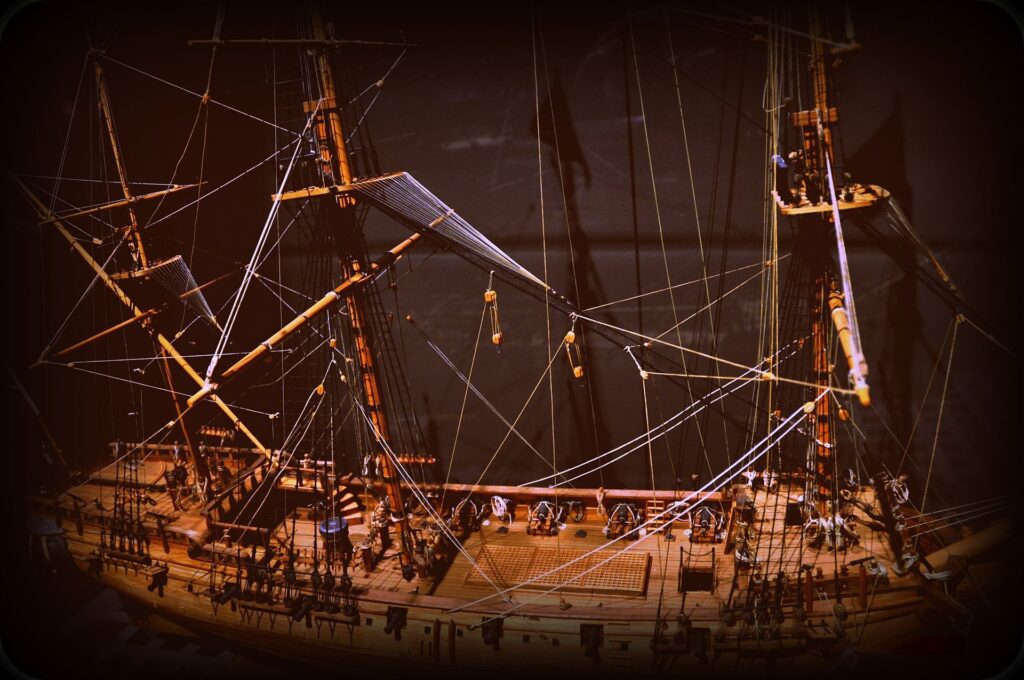

The 1984 discovery of the Whydah Galley — the only fully verified and authenticated pirate shipwreck of the Golden Age of Piracy (1650-1720) ever found — has yielded an enormous treasure trove of artifacts. However, any evidence of its legendary captain Samuel, or “Black Sam,” Bellamy has proved elusive. That may change soon thanks to the recent discovery of six skeletons found embedded in the ancient wreck’s compacted masses of matter.
Born in Devon, England, in 1689, Bellamy came to Cape Cod, Massachusetts, in 1715, in an alleged attempt to find relatives. In early 1716, the skilled sailor left with a group of men to seek out the booty from the wreckage of the 1715 Treasure Fleet — 11 treasure-laden Spanish ships, which sank after encountering a powerful hurricane off Florida’s central coast on July 11, 1715.

When the treasure failed to materialize, the team turned to piracy, and under the leadership of Benjamin Hornigold, began looting merchant ships in the Bahamas. However, after the British-born captain repeatedly refused to attack English ships, the crew voted him out and appointed Bellamy the captain in the summer of 1716. In a little over a year, Bellamy managed to take over 53 ships and become the wealthiest pirate in history.
The marauder ran a democratic ship where everyone was treated equally, and all decisions were made in unison. He also treated his prisoners fairly and often returned captured ships and cargo if they didn’t suit his purpose. In a famous speech, Bellamy, who called himself the “Robinhood of the Sea,” scorned the wealthy merchants he looted, saying: “They rob the poor under the cover of law, forsooth, and we plunder the rich under the protection of our own courage.”

Bellamy and his crew captured the Whydah — a British passenger, cargo, and slave ship — in the Bahamas on the return leg of its maiden voyage in February 1717. The vessel had already offloaded its human cargo and was carrying a load of sugar and indigo. Bellamy’s crew rapidly retrofitted the ship and filled it with valuables collected from the over fifty ships they had plundered. This included fifteen thousand gold and silver coins and some intricately-carved gold jewelry — the earliest-known example of such ornaments — from the Akan people, who lived in the southern regions of present-day Ghana and Ivory Coast in West Africa. Little did Bellamy realize that the Whydah would be his last victory.
On April 17, 1717, the ship, engulfed in thick fog off the Massachusetts coast, hit a sandbar and capsized, killing all but six of the 144 crew, including its charismatic 28-year-old captain. It lay in its watery grave — buried between 10 and 50 feet of sand — for over 260 years, until underwater archaeological explorer Barry Clifford stumbled upon it in 1984. Since then, Clifford and his team have excavated over 200,000 individual pieces of priceless artifacts, currently on display at the Whydah Pirate Museum in West Yarmouth, Massachusetts.
In 2018, the researchers also found a leg bone that they speculated may belong to Bellamy. However, DNA analysis revealed that the femur was that of a crew member of Eastern Mediterranean descent. Whether any of the recently-found bones belong to Bellamy remains to be seen. However, they have succeeded in reviving public interest in the fascinating tale of the legendary “Prince of Pirates!”